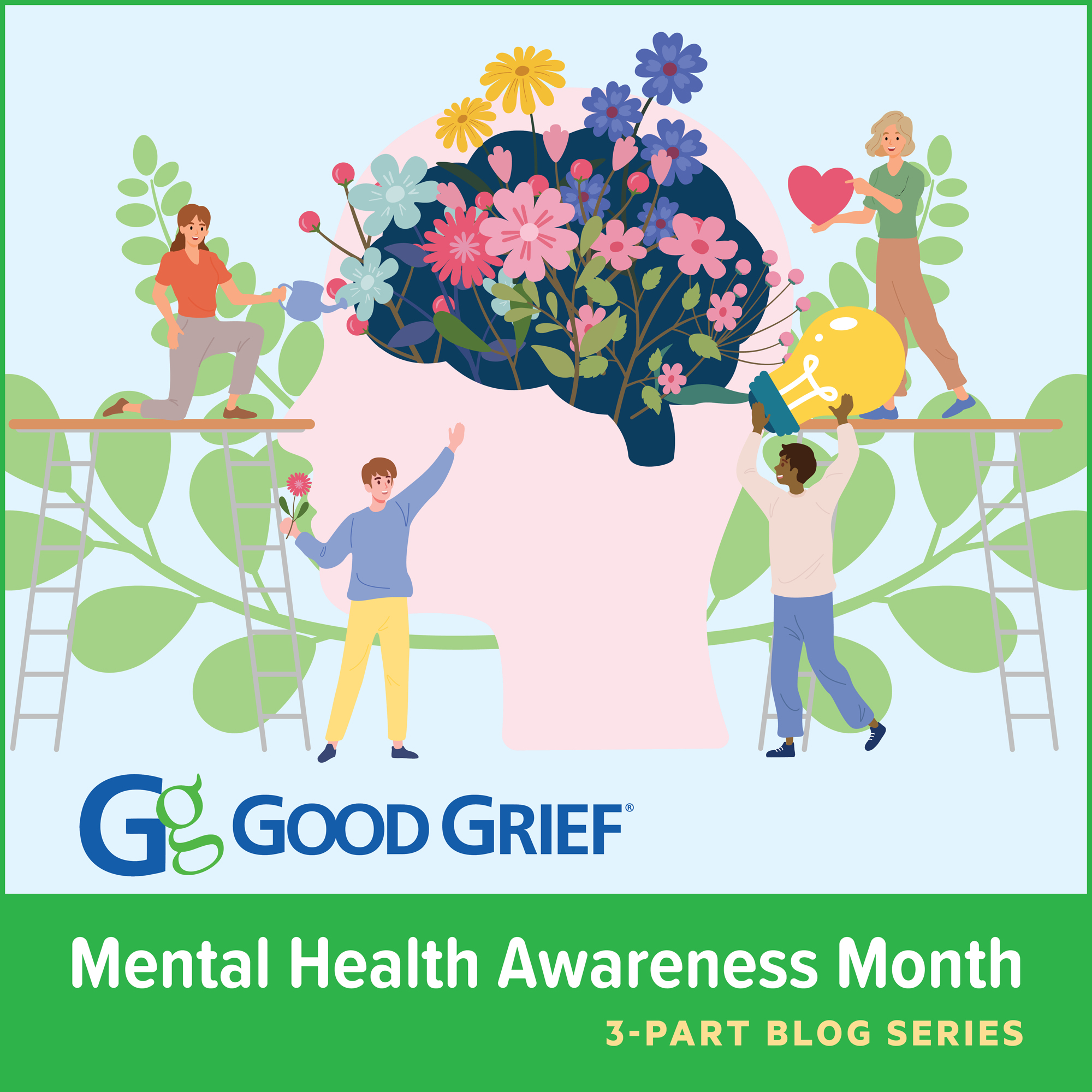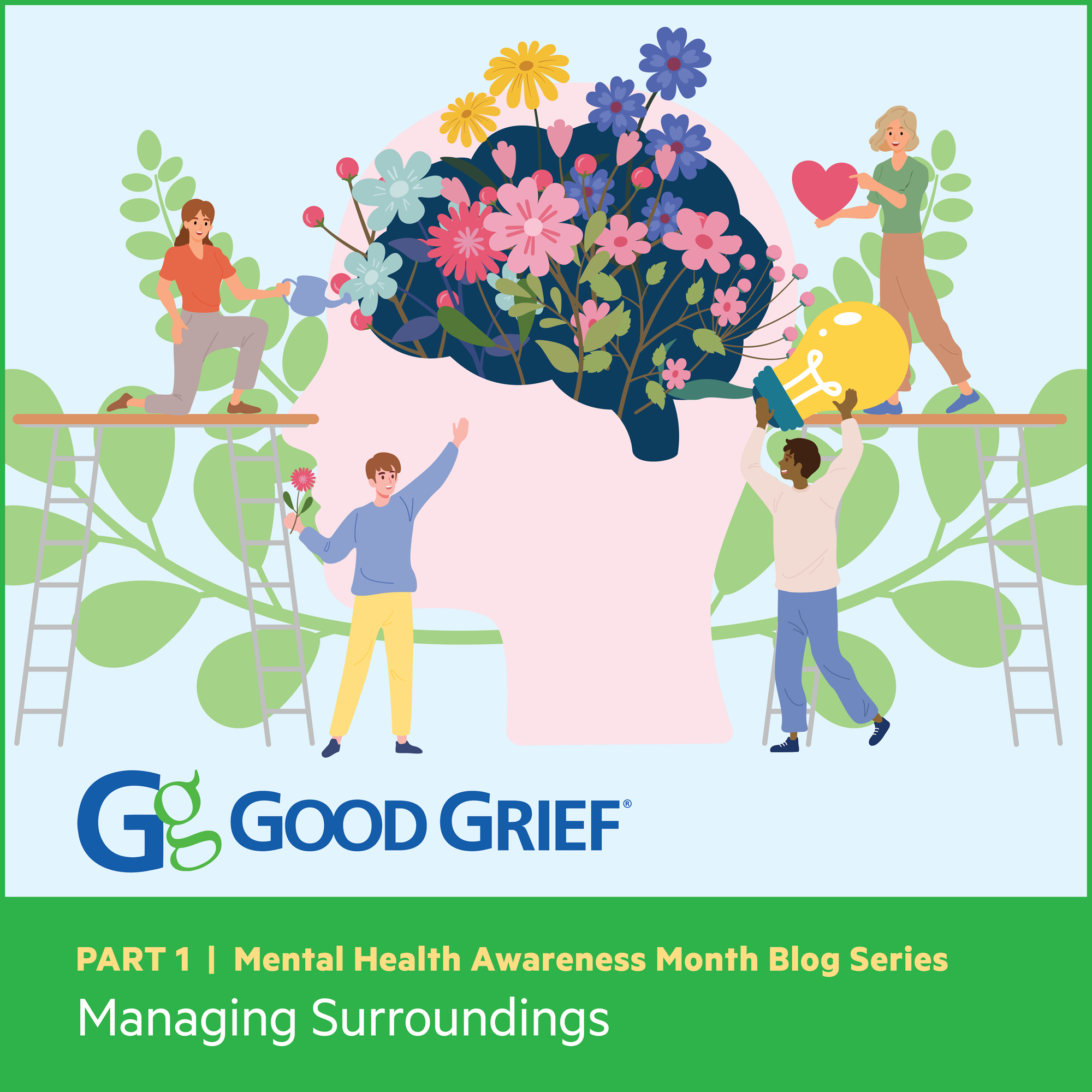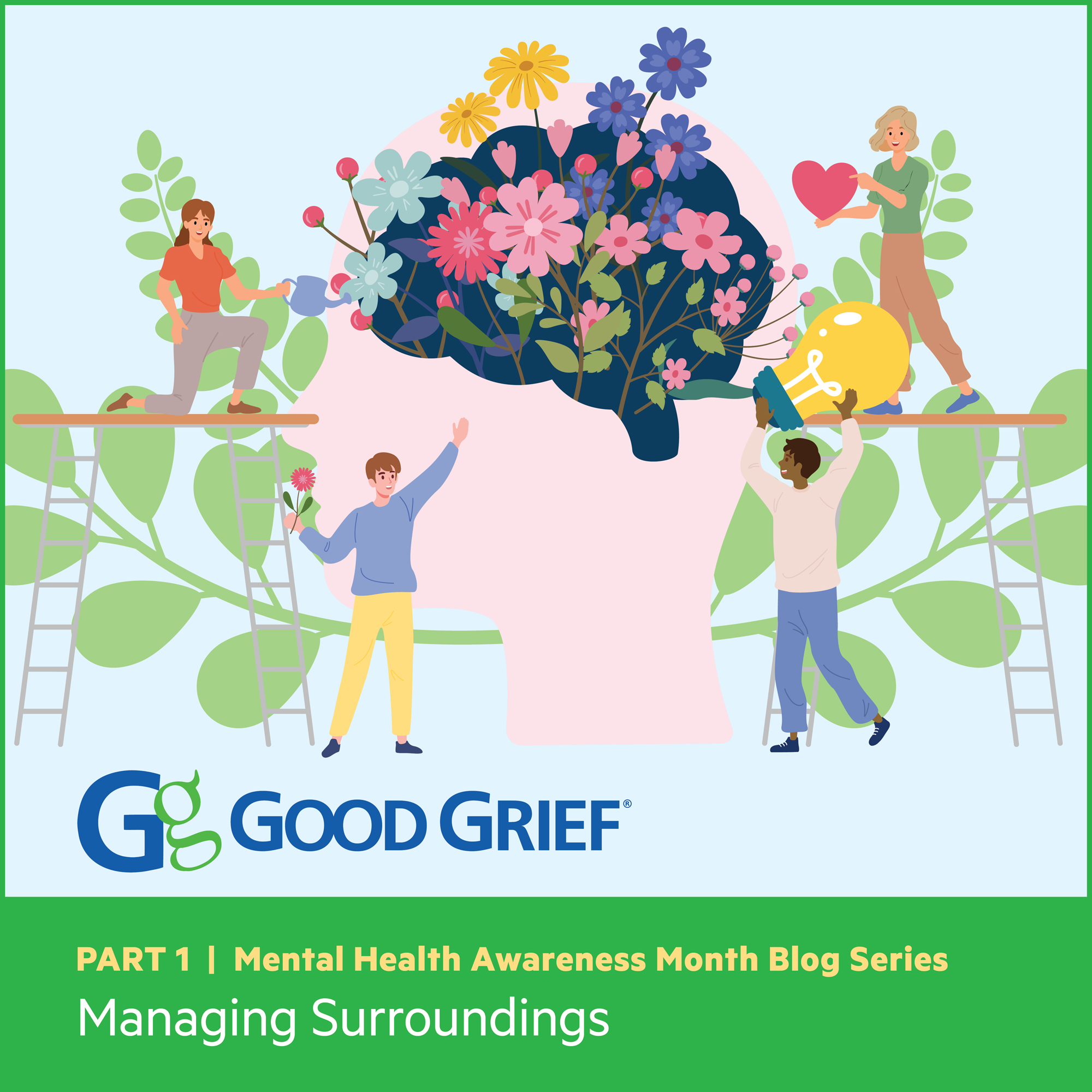
How to Help Students Develop a Growth Mindset
Strategies to Help Students Develop a Growth Mindset: 6 Things You Can Do
Helping students reach their potential and achieve success in the classroom is the goal of every teacher. Often easier said than done. As psychologist Carol Dweck observed in her research, children often have very different reactions to challenges and setbacks they experience. She noticed that some children avoid challenges while others actively pursue them.
Dweck was the first to describe the idea of mindset as a way students perceive their abilities.
- Those with a “fixed” mindset believe they’re born with certain intelligence, skills and abilities that cannot change. They’re often tempted to see mistakes as failures and may be tempted to give up when things get hard.
- In contrast, students with a “growth” mindset know they can develop their skills and talents through effort and persistence. These students are comfortable confronting challenges and are receptive to lessons and feedback.
Research shows that almost all teachers believe that integrating a growth mindset into the classroom leads to improved student learning. At the same time, many feel they lack adequate training to foster growth mindsets in their students.
Where to start? First, by recognizing the impact that teachers and, indeed, all adults can have on student mindsets. Feedback given to students can either encourage them to choose a challenge or to look for an easy way out. Focus on engaging students in the problem-solving process. Let go of the desire to quickly throw out solutions or to “fix” things.
The goal is to help students build confidence by implementing simple strategies to help them develop the skills to meet their challenges. These strategies help students better cope with transitions, reduce stress, improve self-esteem, and seek out challenging academic tasks to enhance their learning.
6 Ways to Help Develop Growth Mindsets:
Tip 1: Embrace Imperfection
Encourage students to view their mistakes as important steps in their learning journey. Reinforce the idea that no one has ever learned something valuable without making mistakes along the way.
Tip 2: Reframe Challenges as Opportunities
Cultivating a growth mindset is about teaching children how to learn and use strategies to overcome challenges. Explain the benefits of overcoming obstacles for people who push through comfort zones to meet challenges head on.
Tip 3: Provide Opportunities for Self-Evaluation
Take time to help students reflect on both their successes and failures. Help them discover more about their ability to work through a problem to find a solution. Praise the process followed, student effort and individual development over the result alone. Encourage a sense of curiosity.
Tip 4: Help Students Change their Language
Language – written and spoken – is an excellent tool for helping students see the difference between fixed and growth mindsets. Put this to the test by having students practice phrases that promote a growth mindset “Mistakes help you learn.” Avoid language like “You’re so smart” or “Wrong answer.”
Tip 5: Try Different Teaching Techniques
Use a variety of instructional strategies tailored to meet the learning needs of all students. For content use video and audio clips, presentations, and other mediums. Have students work individually, in pairs and in small and large groups. Challenge students to demonstrate their understanding of content via tests, projects, and assignments.
Tip 6: Model a Growth Mindset for Students
As critical role models for students, it’s important for teachers to let students see their growth mindset in action. Be honest about something that is difficult for you. Tell your students when you’re discouraged and discuss solutions with them. Involving students in this way helps them see the need to work though challenges to make progress.
Use Support from Good Grief
If you’re looking for more resources or strategies to help your students develop a growth mindset, reach out to our Good Grief Schools team. Our programs include training educators on how to help students build resilience by seeing challenges as opportunities. We also offer online resources as well as webinars on topics like squashing negative thoughts that get in our way. We’re here to help build safe and supportive school communities.




